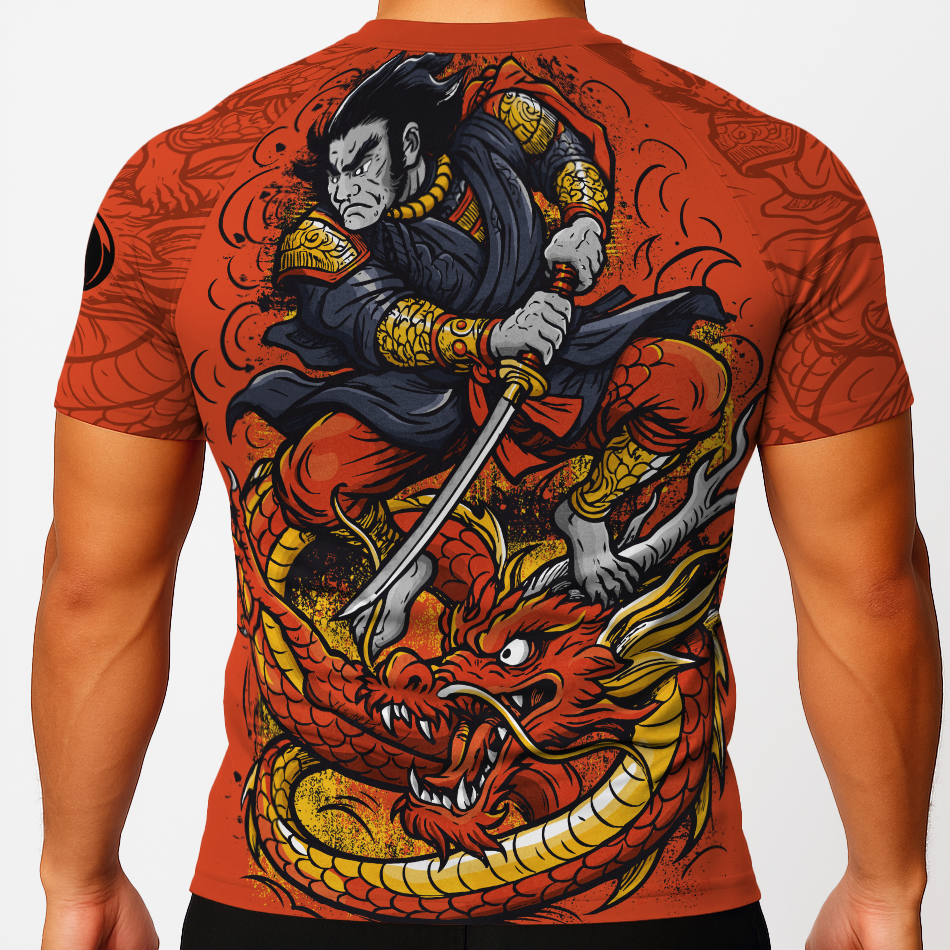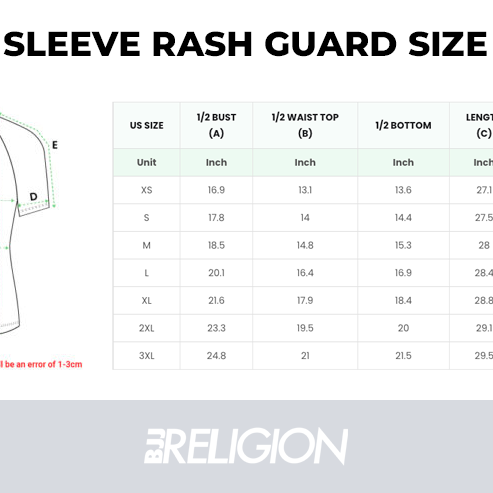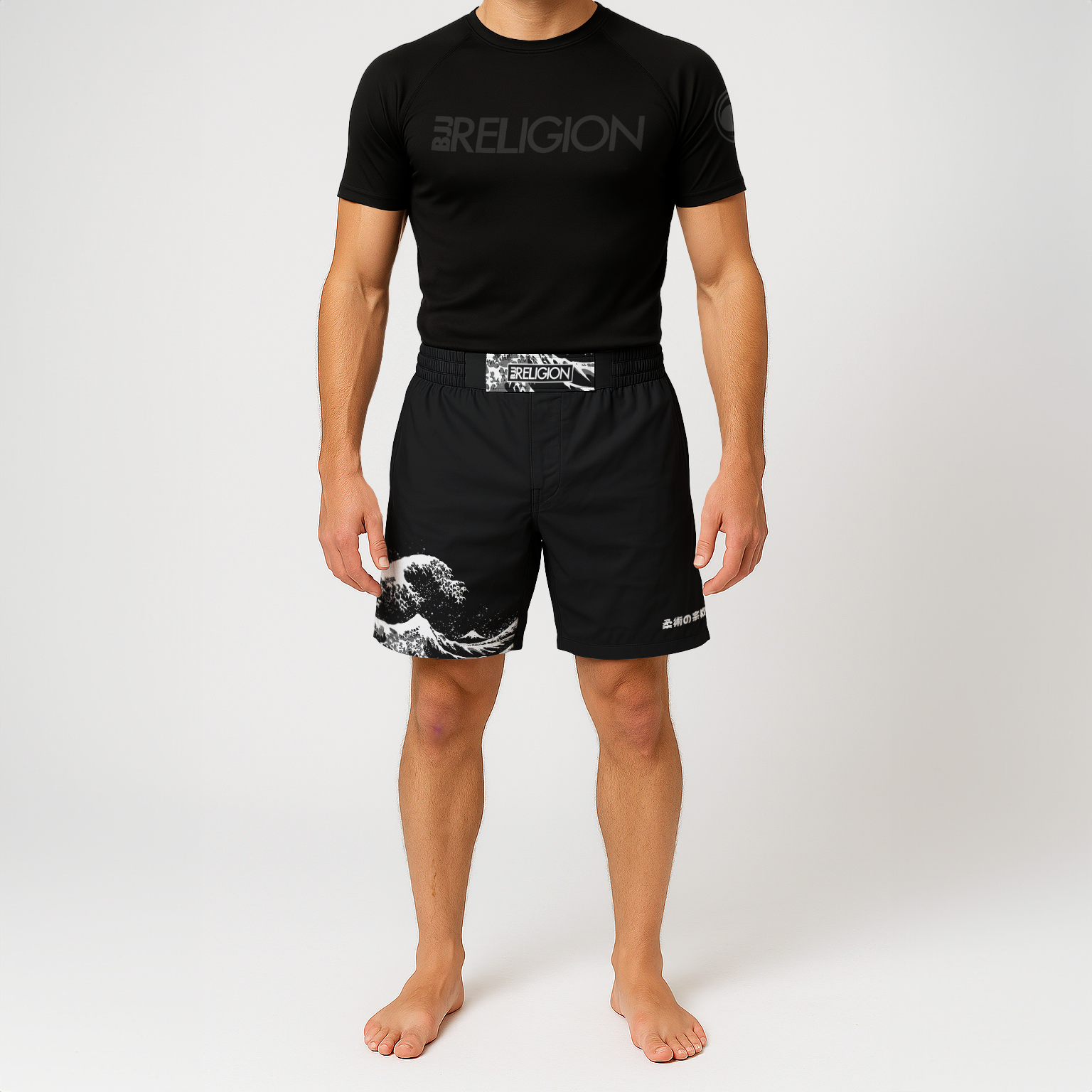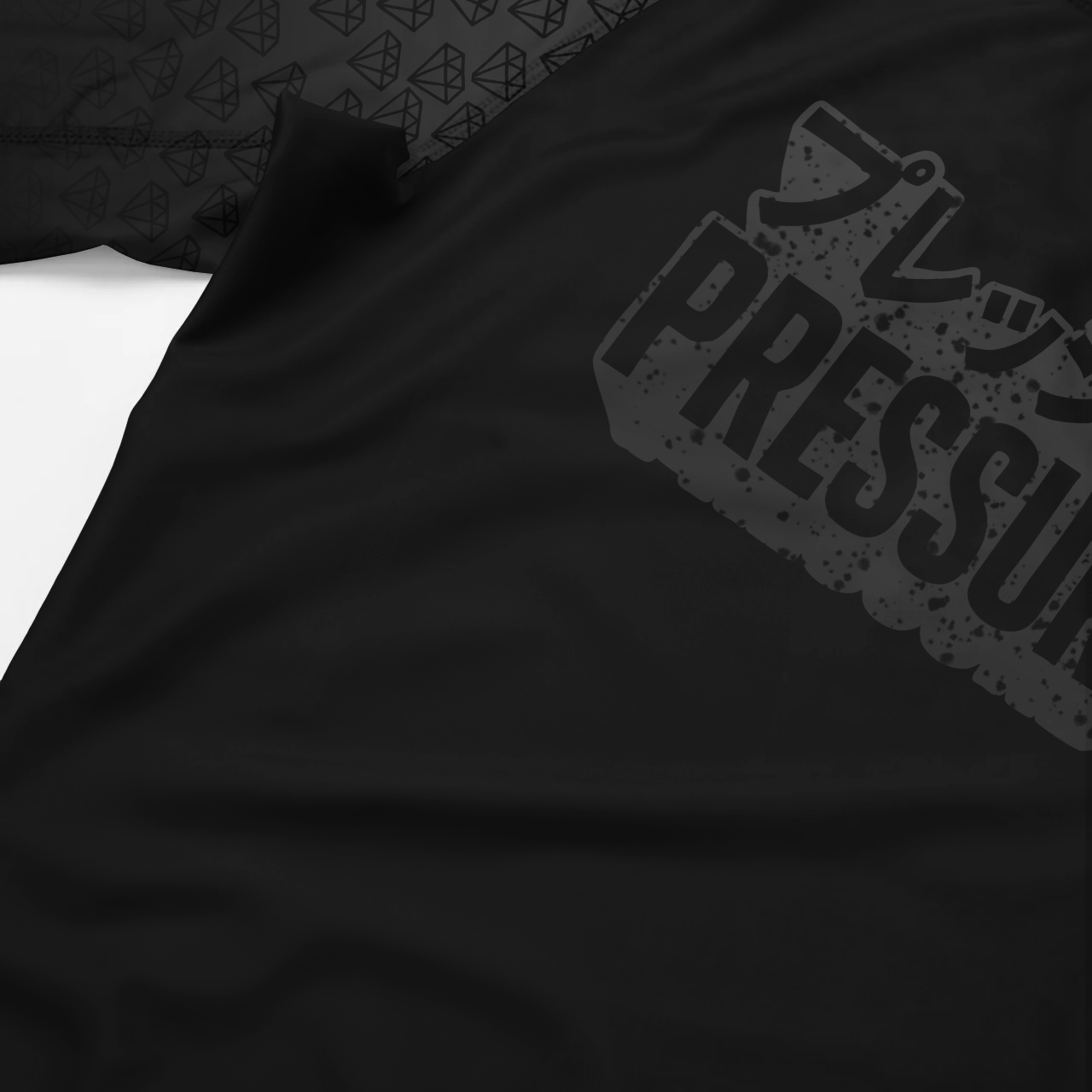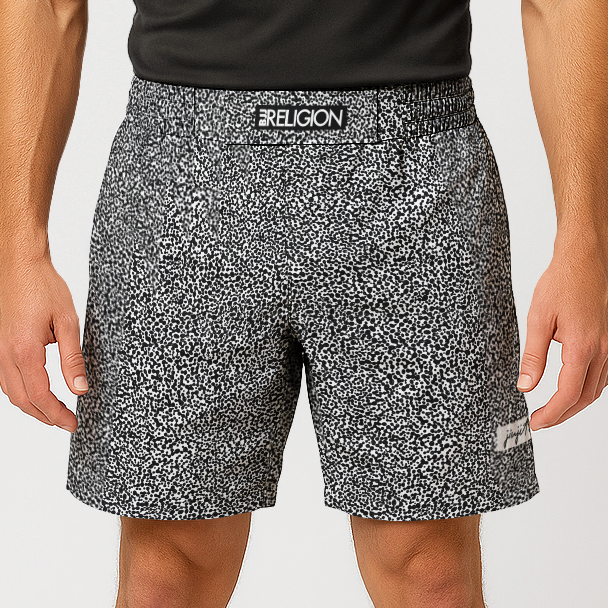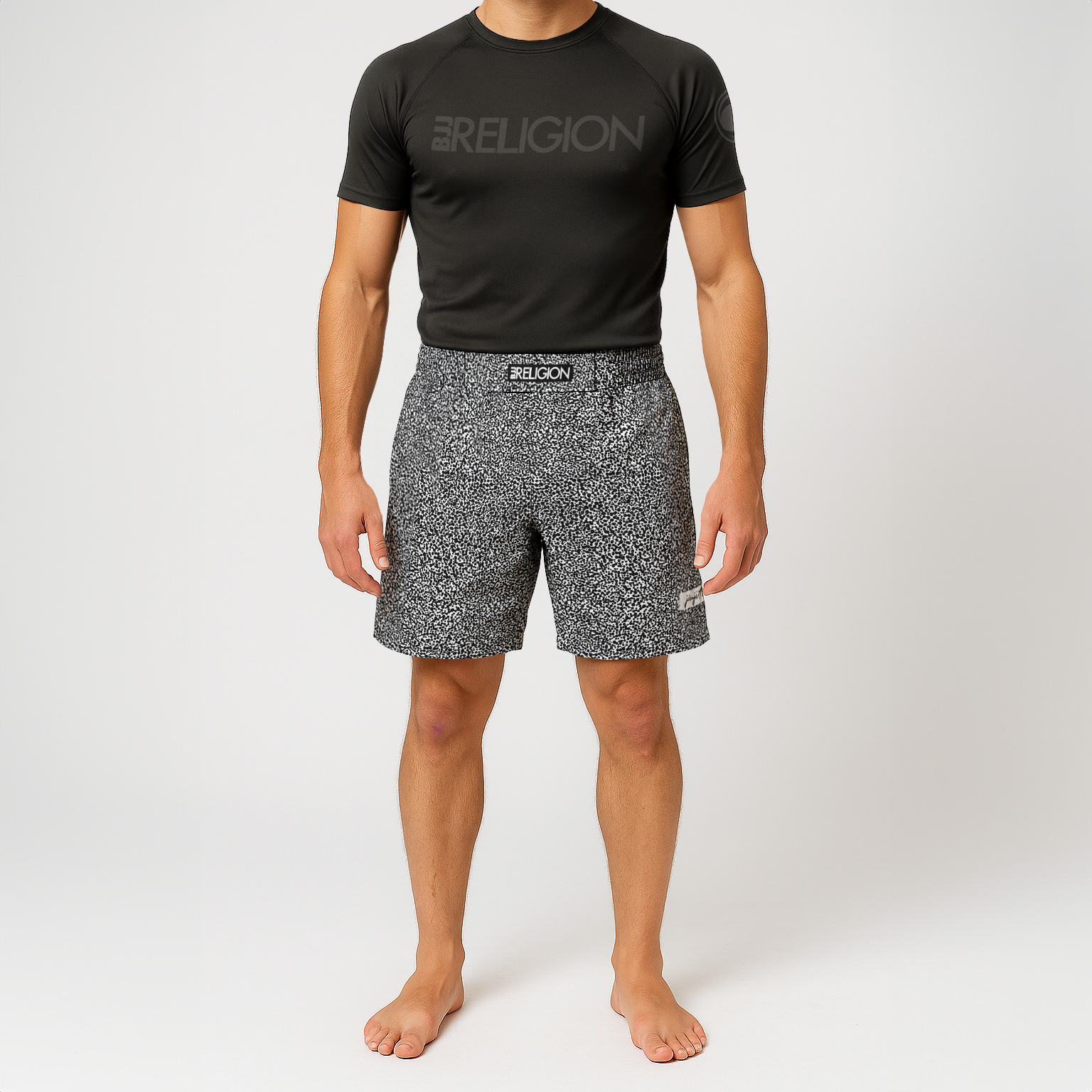Brazilian Jiu Jitsu vs Gracie Jiu Jitsu: What’s the Difference?
With the explosive growth of Brazilian Jiu Jitsu around the world and especially the United States, virtually every major city and even small towns have multiple locations that offer BJJ.
With that in mind, you may have noticed a variety of names for the different schools.
One of the larger sub-brands of Brazilian Jiu Jitsu is Gracie Jiu Jitsu.
If that sounds confusing, well, it sort of is.
After all, didn’t the Gracie family invent BJJ in the first place?
While the answer is a bit more complicated, the Gracie family was largely responsible for the spread of Brazilian Jiu Jitsu globally.
Still, that does not explain why you now find schools called “Gracie Jiu Jitsu” that differentiate themselves from “mainstream” Brazilian Jiu Jitsu.
In this article, I’ll break down some of the key differences between Gracie Jiu Jitsu so you can have a better idea of where the division lies, and which brand of BJJ is best for your personal martial arts journey.
Here we go!
How modern BJJ differs from traditional BJJ
To fully understand the difference between Gracie Jiu Jitsu and Brazilian Jiu Jitsu, its important to know the origination and subsequent evolution of Brazilian Jiu Jitsu.
BJJ was initially an adaptation of traditional Japanese Judo that focused more on the ground fighting aspect of grappling as opposed to throws and sweeps.
In the early days, BJJ was used in legit fights with strikes, and the notion of “no-holds barred” fighting was deep within the original culture of Brazilian Jiu Jitsu.
As BJJ itself became a distinct art form, competitions with a pure grappling ruleset became more commonplace.
Within the confines of BJJ rulesets such as the IBJJF ruleset, striking techniques are not permitted.

While this does remove many attack options for individuals who prefer defeating opponents through blunt force trauma as opposed to chokes and limb breaking, it opens a variety of grappling options that would be unwise to attempt if you are at risk of getting hit in the face.
However, the lack of strikes and subsequent exploration of positions that are sub-optimal for all out fights meant that BJJ as an art form evolved over many iterations and generations of competitors and coaches.
The result is an entire library of attacks, defenses, and counterattacks as a direct result of the various adaptations made at the highest levels of BJJ as athletes attempt to learn their opponents’ styles and develop technical counterattacks.
As these competitors develop their own style and begin coaching students, this new iteration of BJJ students will now frequently be doing techniques that a decade or two earlier were considered outlandish or well outside the realm of mainstream BJJ.
Nowadays, competitive BJJ integrates the fundamentals of old school BJJ with newer attacks and counterattacks that have evolved over many decades of pure BJJ competition.
What is Gracie Jiu Jitsu?
 Gracie Jiu Jitsu is a brand of BJJ associated with the older style of Jiu Jitsu that focuses primarily on the techniques you need to win in street fights as opposed to Jiu Jitsu tournaments.
Gracie Jiu Jitsu is a brand of BJJ associated with the older style of Jiu Jitsu that focuses primarily on the techniques you need to win in street fights as opposed to Jiu Jitsu tournaments.
Rener and Rorion Gracie, the grandsons of Helio Gracie, are now some of the main proponents of the old school “Gracie” Jiu Jitsu, and their Gracie University organization is heavily involved in the promotion of this particular style.
The Gracie Jiu Jitsu curriculum includes a range of techniques designed to help new, untrained students learn to defend themselves first against stronger, bigger, but untrained opponents in a street fight situation.
As you progress in the Gracie Jiu Jitsu curriculum, the techniques focus on fighting trained attackers who have experience with legitimate fighting arts, including BJJ.
Gracie Jiu Jitsu shuns techniques that are flashy and effective in BJJ tournaments but are unfeasible, unnecessary, or downright risky in a real fight.
In this way, the Gracie Jiu Jitsu curriculum is distinct from many of the typical curricula found in mainstream modern BJJ.
Is Gracie Jiu Jitsu effective?
Gracie Jiu Jitsu has effectively branded itself as self-defense jiu jitsu.

But is it really effective?
Unfortunately, the answer is not a simple yes or no.
It completely depends on the instructor, student, and situation as to whether any given art will “work.”
The truth is, any martial art that involves live training against fully resisting opponents will help you in the event of an actual fight.
The techniques in Gracie Jiu Jitsu can certainly work in a real fight.
However, whether they are ‘better’ for fighting than something like MMA focused Jiu Jitsu or an alternative self-defense system such as Krav Maga is likely a matter of eternal debate amongst the various practitioners of each art form.
If you have an experienced instructor, perform live training against resisting opponents including strikes, and cultivate a knowledge of fighting to understand the dangers associated with various positions, you will be better off in a real fight.
Given that there are so many variables when discussing “street fights,” it’s tough to say for 100% certainty that an art is the ‘best’ for real world violence.
Nevertheless, an experienced BJJ practitioner who has zero training in striking is not going to be as prepared for real fights as someone who has a more comprehensive approach to their overall martial arts training.
However, a student with a few months of Gracie Jiu Jitsu still has virtually no chance at beating even the sportiest of BJJ purple belts and higher.
There is simply too great of a knowledge gap and not enough time to master the ‘non-sport BJJ’ aspects of Gracie Jiu Jitsu to have a chance against someone with years under the belt, even if they have a ‘sportier’ style of BJJ.
Should I do BJJ or Gracie Jiu Jitsu?
I’m going to be honest. I personally think the difference between training Gracie Jiu Jitsu and Brazilian Jiu Jitsu is relatively small in the overall context of training martial arts.
The most important thing about any martial arts training is whether you like your coach and fellow students enough to consistently train.
Getting good enough at martial arts to be effective takes a good amount of dedicated time and effort alongside ongoing practice.
If you don’t really like where you train and are not consistent, it really does not matter how effective your system is in the real world.
Even if you get good at ‘sport Jiu Jitsu,’ by the time you hit purple belt, you will be so much better off than being a 3-month white belt in a system branded as the ultimate self-defense method.
Also, even if you are at a sport BJJ school, you can always get together with your training partners, throw on some gloves, and work striking into your training to make it more realistic for a street fight.
With all of that said, if you first and foremost care about self defense and you have the choice between a Gracie Jiu Jitsu school and a standard BJJ school, you should strongly consider going with Gracie Jiu Jitsu.
Gracie Jiu Jitsu vs Brazilian Jiu Jitsu: the bottom line
Overall, the difference between Gracie Jiu Jitsu and BJJ as it is taught in many non-Gracie academies is that Gracie Jiu Jitsu focuses first and foremost on the aspects of Jiu Jitsu that would be most effective in a street fight where anything goes.
In the modern era of martial arts, the difference is probably more about the branding than it is about the training.
Getting good at grappling, whether that be Gracie Jiu Jitsu, mainstream BJJ, or MMA grappling will put you in a much better position to survive and win street fights compared to being mediocre at any martial art.
In any case, you are certainly better off than having no training at all.


